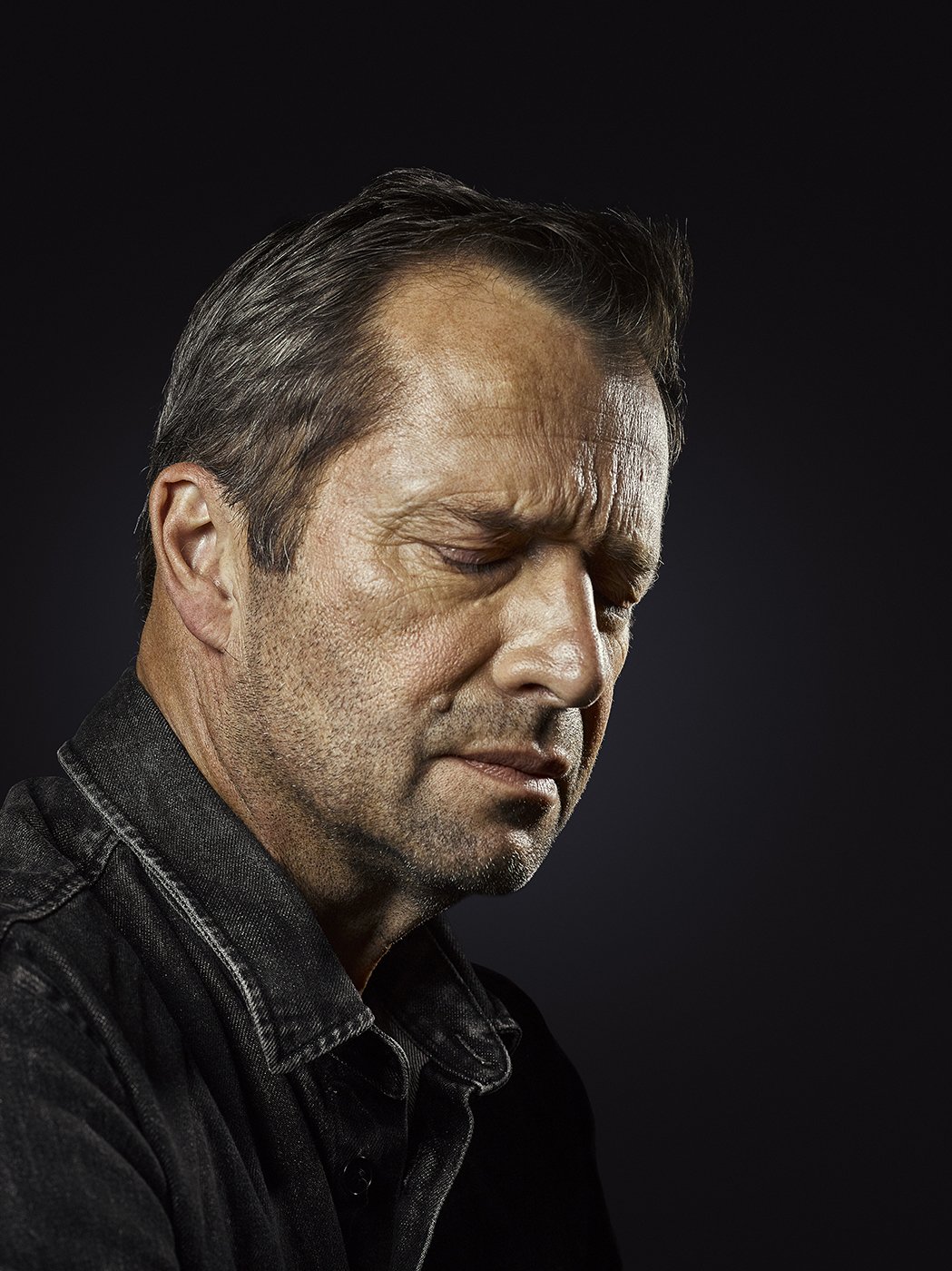What is the Difference Between a Portrait and a Headshot?
The main difference between a headshot and a portrait is how the images will be used. Traditionally headshots are taken for official business use, while a portrait is more of a descriptive image used to tell a story about the subject.
An example of a Classic Headshot
An example of a classic headshot (Alexandra Lewis 2021) Rory Lewis Photographer London 2021
Headshots are used for purposes such as business cards, advertisements, auditions, identification badges, website profiles, social media profiles or as other means of identification.
An example of a Portrait
Example of a Portrait James Purefoy Rory Lewis Photographer London 2021
Portraits are used in editorial news stories about the subject, in lifestyle advertisements, on book jackets, in blog posts, as social media posts, or as framed art on the wall.
Basically, a headshot identifies the subject, where a portrait tells the viewer something more about the subject. For example, the photo used on a work identification badge of an employee is a headshot identifying the subject. A photo of a soldier in his/her uniform displaying all their medals contemplating their valiant deeds is a portrait.
An actress has a headshot she sends before auditioning for a job so the casting agency knows what she looks like. But that same actress also has a portrait of her in her home showing her on set of her first major television job, in full makeup and dress.
Portraits and headshots also differ in a few more ways:
Number of Subjects
Cropping
Mood
Environment
Creativity
Let’s look at these differences below.
Number of Subjects
The Royal Lancers, Rory Lewis Photographer 2021, London Portrait Photographer.
Headshots are generally just of a single subject. A portrait could include multiple subjects.
Cropping
Headshots, as the name implies, focus on the head and face. Most of the time, headshots are a tight shot of the head and shoulders of your subject. Portraits, on the other hand, can be frame more loosely. Portraits can be just the head and shoulders OR include more of the upper torso or even the entire body.
Headshot Cropping
Headshot Cropping (Rory Lewis Photographer 2021 Los Angeles)
Portrait Cropping
Portrait Cropping (Rory Lewis Photographer 2021)
Mood
Headshots and portraits also differ when it comes to mood. Headshots are typically well-lit, bright, and convey a professional feel. They don’t typically evoke a lot of emotion from the viewer. But emotion is an important part of a portrait! They can convey happiness, melancholy, contentment, sadness, or excitement. Emotion is used to tell the viewer something about the subject.
Headshot Mood
Headshot Mood, Rory Lewis Photographer 2021 Los Angeles
Portrait Mood
Portrait Mood (Sir Patrick Stewart) Rory Lewis Photographer 2021
Environment
Major General Benjamin Bathurst Environmental Portrait







